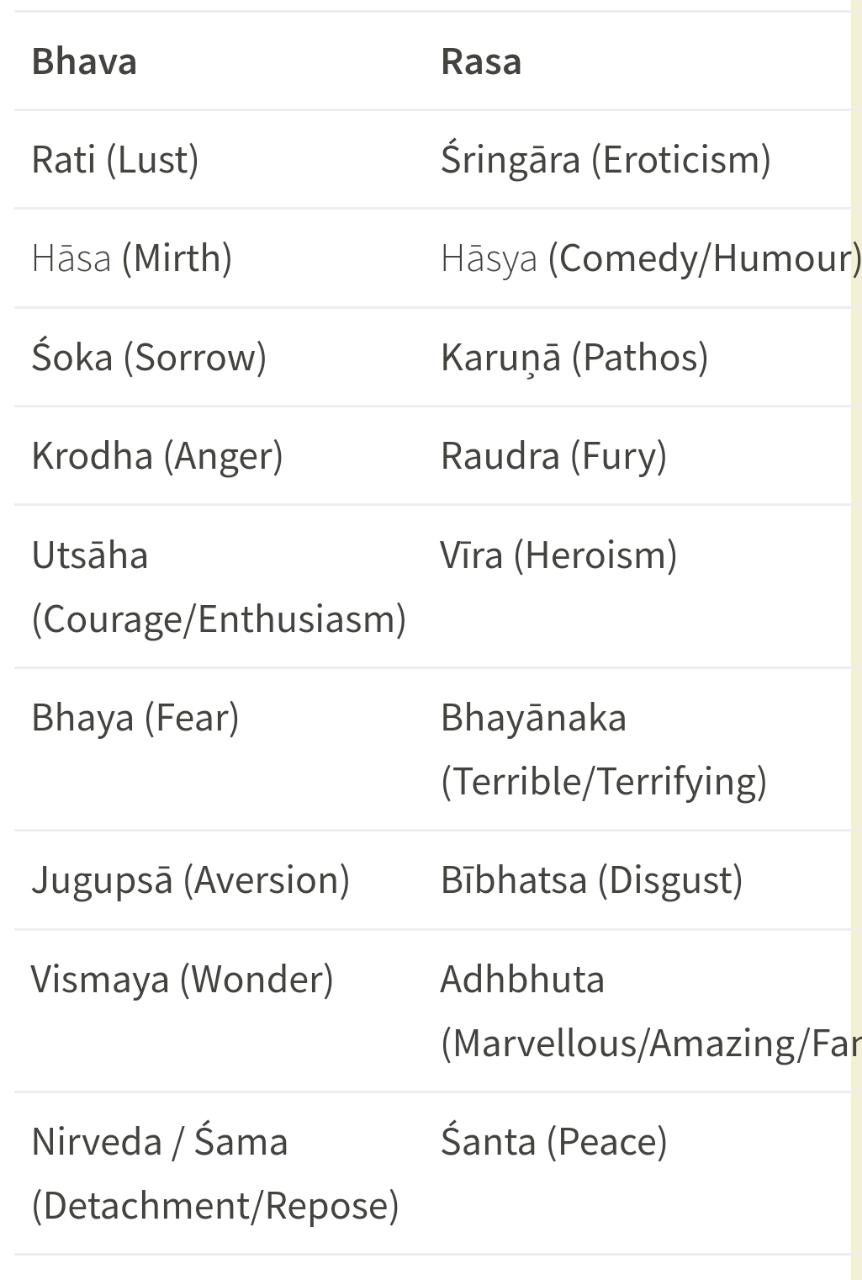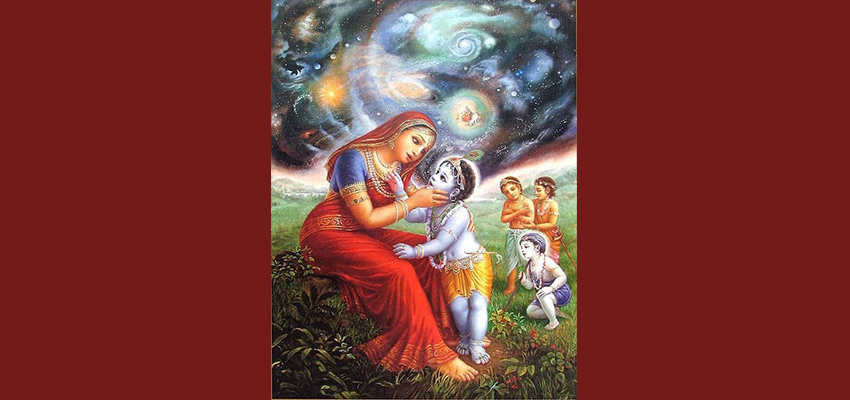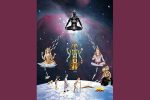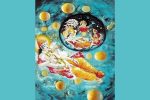NAME 7
Bhāvaḥ भावः
This nāma refers to His purest form of existence. The purest form of consciousness is the Brahman. The previous nāma refers to His saguṇa form and this nāma refers to His nirguṇa form. He exists in His purest form as the Inner Being of both sentient and insentient. Brahman is the cause of everything that exists in the universe. That is why, He is said to be omnipresent.
७. ।।ॐ भावाय नमः।।
7. Om Bhaavay Namah
Bhaavah -One who ‘becomes’ (Bhavati itiBhaavah) Himself into the movable and the Immovable beings and things in the world. He is the Pure Existence in all the sentient organisms and the insentient objects in the universe. Hence He is indicated by the term Bhaavah. He who exists with all the splendor. He who exists always, independent of anything else.
INTERPRETATION GUIDED BY SANT VANI (WORDS OF SAINTS)
Bhāvaḥ means Existence.
You will note that the word is the noun form – existence and not as an adjective – existing.
Let’s say a flower – we are so caught up with the name and form that we forget it existed in unmanifest state before it became manifest. Something is and then we look at what it is. That “Is”ness is bhāvah. In Shloka 9.4 of Bhagwat Gita, Bhagavān says that the entire world is pervaded by me whose form cannot be objectified. All beings have their being in me.
The word bhāva is derived from the verbal root ‘bhu – sattāyām’ in the meaning of ‘existing.’
The Lord being the material cause, exists in the form of the world and hence is Bhāvah. Or else, he just exists as sattātmaka, of the nature of pure existence.
It is not a time-bound existence, not an existence subject to changes, but it is because of Him, that time itself exists. That existence is sat-cit-ānanda– consciousness which ‘IS’ and which is limitless.
BHĀVAḤ:
“He who is the Universe and dwells therein/within as ‘Pure Existence” सत् (SAT) – the true, unchanging/unchangeable essence, that absolute truth – dwelling as ‘that’ सत् within the heart-space of all beings (and who is that which everyone seeks and who the goal of every seeker)”
Therefore when the previous two names are strung together along with this name:
“He who is the initiator of the creative process of the Universe and also the destroyer ” (BHŪTAKṚD:) and “He who is the sustainer, supporter, and real source of deep-strength as the indwelling ‘governor’ of our lives” (BHŪTABHṚT:) is also the supreme and pure indwelling essence that every one seeks as his/her goal in life (BHĀVAḤ:)
It is this “pure-essence” of सत् (SAT) (the eternal truth) that everyone searches for ‘without’ when he is very much “within” – Then “This” is ‘That’ Quest…
BHĀVAḤ: is also the ’emotion’ lying deep within the subconscious strata of our mind. When aesthetically stimulated, each Bhava produces a corresponding sentiment called “Rasa” – the aesthetic “relish” of the expression of a Bhava.
Dwelling within as “pure existence” ‘He’ is also the master of all of these Bhavas and Rasas. This is also the reason why aesthetic arts like music and dance in the Indian tradition are imbued with a deep sense of the divine.
In Sri Krishna, the poorna avatara, the purna purushottama, one saw the expression of all of these Bhavas and Rasas. The table below provides a summary of the Nava Bhavas and corresponding Nava Rasas but there are several more but not within the scope of this post.

He who is the Universe and dwells therein/within as ‘Pure Existence” सत् (SAT) – the true, unchanging/unchangeable essence, that absolute truth – dwelling as ‘that’ सत् within the heart-space of all beings (and who is that which everyone seeks and who the goal of every seeker)
If you would like to explore the topic more, here’s a blog post by Om Swami:
“If you believe in God, then suffering adds truth to your prayers, it infuses sincerity and devotion in your personal relationship with him.But, most importantly, suffering keeps us on the ground, it makes us humble.”



